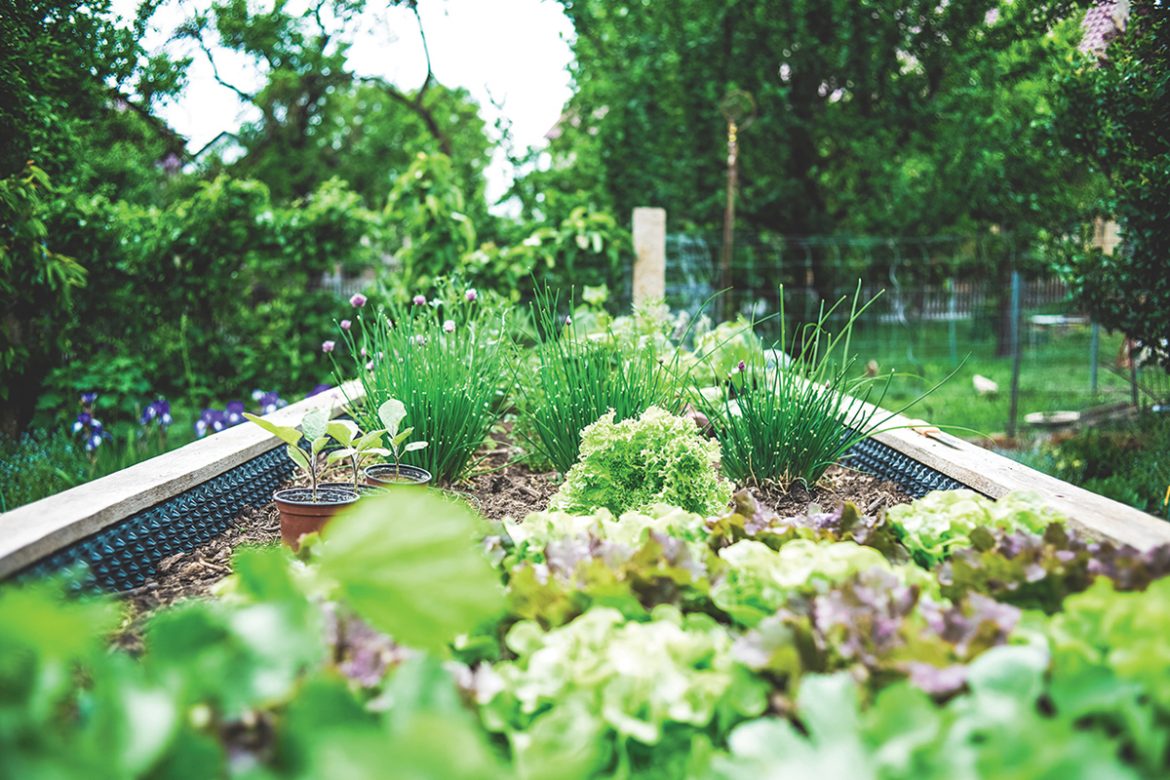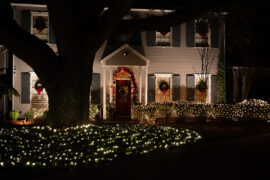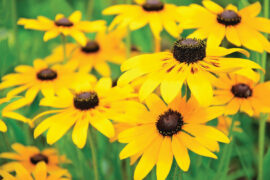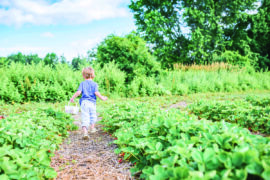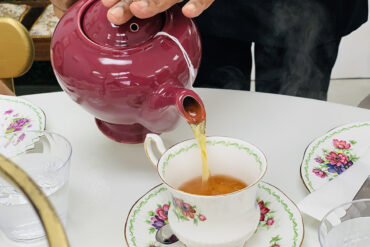Vegetable gardens have always been a part of the Southern landscape. As far back as we can remember, it seems like everyone had a family gardener, or a neighbor down the street, that provided everyone in the clan with fresh food.
Around this time of the year, plans would be made for the upcoming crop and it would soon be time to start getting the ground ready and seeds started. There would be tilling, planting, and weeding ahead, and all summer long there would be harvesting followed by canning and pickling.
And then there were those grandmothers who were born with green thumbs and needed no plan. They could just throw vegetable and fruit scraps on the compost pile and a healthy crop of cantaloupes or zucchini would magically appear. Fresh juicy cantaloupe would be served with every meal and zucchini recipes seemed endless.
The Gardener’s Almanac, the gardening bible, is still available believe it or not, but over the past couple of decades, large family gardens have nearly disappeared as communities become more densely populated, food sources are more plentiful, and the generation with gardening in their blood have left us. Gardens aren’t the necessity they once were, and most folks don’t seem to have the space or time to tend to a large garden. Farmer’s markets have become our neighbors with a garden. But over the past two years, we have been reminded about the importance of simple things like watching something grow. Community gardens are thriving in the small towns all along Coastal Mississippi, and small-scale home gardening is making a comeback.
Think of a garden as part of your home’s landscaping, not a separate space that requires an enormous amount of work. Almost any food garden plant can be integrated into your landscaping. According to Dr. Christian Stephenson with the Mississippi State University Extension Service in Hancock County, your landscaping should serve three functions. “Your landscaping should add beauty to your home’s exterior, support your yard’s ecosystem, and provide a service to the inside of your home.”
Offering nectar plants for pollinators and planting species that provide the soil with nutrients are great examples of supporting the ecosystem while providing you with cut flowers and edibles that contribute to a beautiful life inside your home. He suggests that planting herbs in your yard is an easy way get into gardening and get your hands dirty!
Don’t overthink it. Herbs should be treated like any other plants that can easily be added to existing landscaping. They don’t have to be planted alone in a special spot in the back yard. No unique planting beds or apparatus are required. Bring your herbs around to the front of the house. Rosemary bushes love the coastal climate and are easy to work into any shrub scheme. Thyme and oregano work as edge plants or ground covers. Bay leaf makes a lovely large container tree, lemongrass is a beautiful ornamental grass, and basil will give you bright green leaves anywhere.
The sky’s the limit on the choices you will find at local nurseries. We tend to think of herbs as flavors, but they offer exquisite flowers and incredible fragrances too. Plant your favorite smelling ones along the paths you walk most often so you can enjoy a sweet-smelling surprise every time you brush up against them.
Now is the time to start herbs from seeds indoors to be planted outside in April. So, spend some time in the next week or two walking around and sitting in your yard. Let yourself get a little nostalgic with memories of being outside and running through the gardens in your past. Write down the fragrances and flavors that come to mind so you can plant with intent next month. And don’t forget to put mint on the list for summer refreshments.

